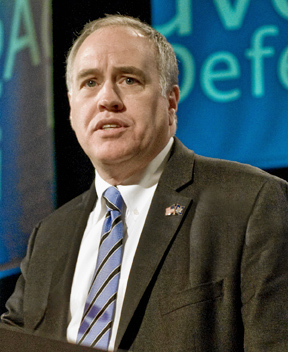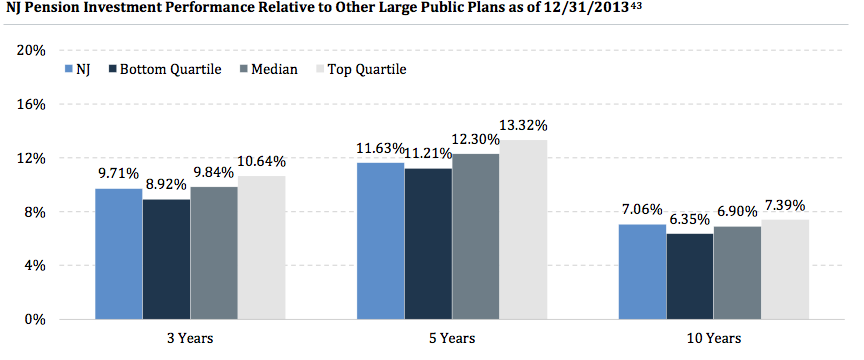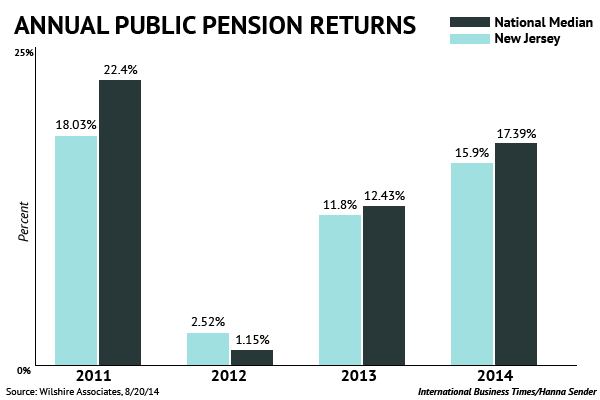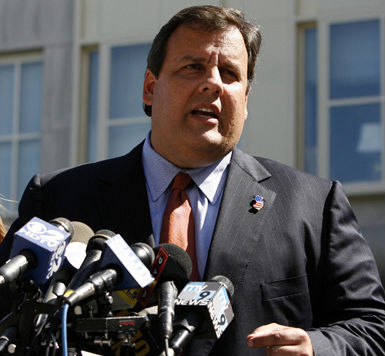State Comptroller Thomas DiNapoli is the sole trustee of New York’s $180 billion Common Retirement Fund (CRF).
His challenger, Robert Antonacci, has said he would shift New York’s pensioners into a 401(k)-type plan if elected.
But during an editorial board meeting Monday, DiNapoli laid out six reasons why he’d keep New York’s defined-benefit system in place. From Syracuse.com:
1. It benefits 1 million New York employees and their families, a significant portion of the state’s population, he said. The average pension paid retirees, other than firefighters and police, is $21,000 a year.
2. The money paid out to retirees stays in New York, benefiting the state’s economy. About 80 percent of the people who receive a pension remain in the state, DiNapoli said.
3. The state’s pension plan is 92 percent funded and that’s a good asset to have when New York goes out to borrow money, he said. The health of the state’s pension plan is one of the things financial agencies look at when they issue bond ratings. Those ratings in turn affect the ability of the state and local municipalities to borrow.
4. New York has responded to current economic conditions by curtailing pension benefits for newly hired state employees. Local governments that have had a turnover in employees saw a savings as a result, DiNapoli said.
5. Twice in the past two years the state has cut the rate local governments pay into the system, he said.
6. Switching to a defined contribution plan won’t change the state’s obligation to provide a pension to the 1 million people already in the system, DiNapoli said. Plus, it would create retirement insecurity for even more New Yorkers. “A 401(k) was never meant to be the substitute for a pension,” DiNapoli said.
DiNapoli is leading Antonacci in the polls by double digits.
[iframe src=”http://video-embed.syracuse.com/services/player/bcpid1949044326001?bctid=3849163701001&bckey=AQ~~,AAAAPLpuTok~,Mq6Bf5KTh4CNk04xgb0fhNsE4sqxZ6vz”]










